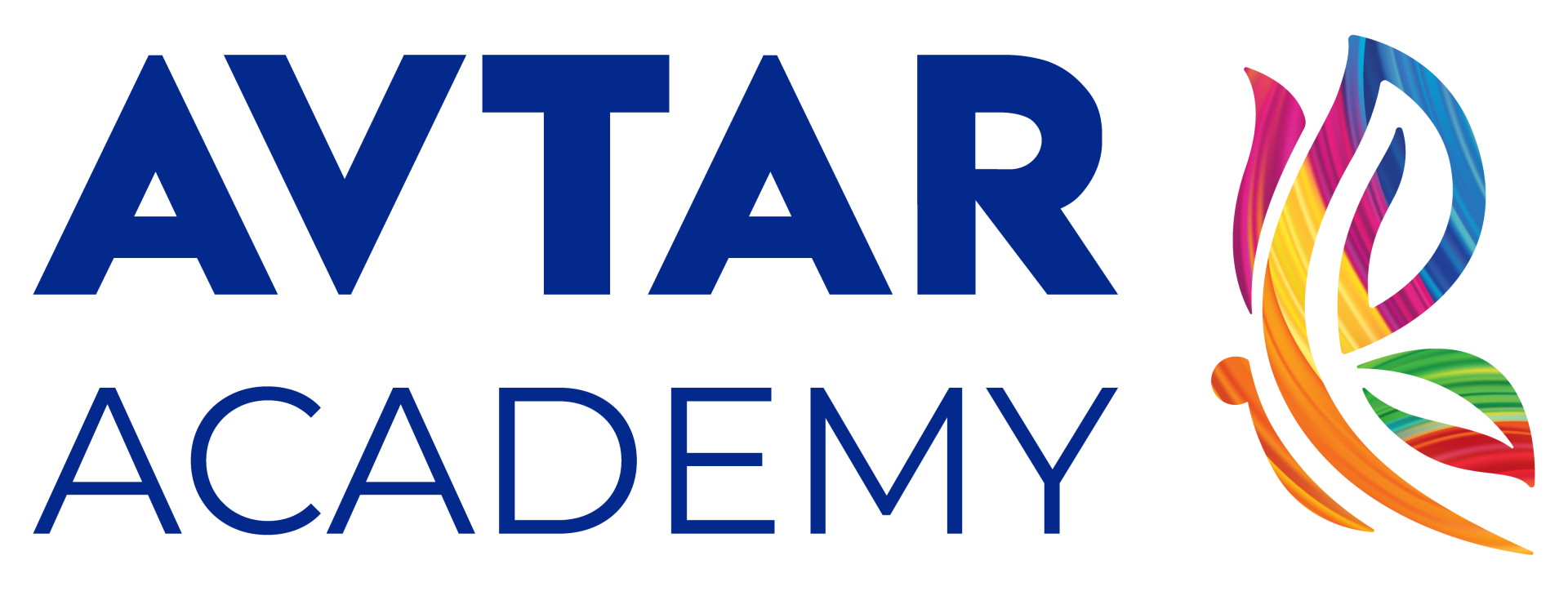Allyship is not about changing things at once with a magic wand. Allyship is also not about waiting for the right moment to step in to make a difference.
Everyone who aspires to be an effective ally wants to change the world. Advancing the interests of a marginalized group is an ongoing process. However, between the intent and action is the awareness. A successful allyship begins by knowing what the marginalized groups need to enable their progress.
Here are three aspects that determine effective allyship:
Address biases: Often, you notice biases better when you are at the receiving end. With all the good intentions, you might be carrying biases about groups of people. Begin by acknowledging that you are unaware of the biases to uncover them. Take up non-conscious or unconscious bias training to unravel and work on them.
The gap between intent and action: Allyship is about researching and planning action. However, true allyship is always about taking action. So, you need to understand where and how to begin, the path, and the results. It is always best to start small—find a cause you want to support and be consistent with it. Be up for reading and knowing more about it periodically to understand how you are faring. Study the impact keenly to know what changes you have made.
Not finding the context: Why do you wish to support a cause? How do you think it is making it inequitable? Why should people rally behind you for it? Finding answers to these questions is essential to garner action and eventually change. If you observe closely, the change you wish for the marginalized group can have several positive ramifications for the rest. You can work on your approach to the different groups rendering the context.
So what is it?
Everyone who aspires to be an effective ally wants to change the world. Advancing the interests of a marginalized group is an ongoing process. However, between the intent and action is the awareness. A successful allyship begins by knowing what the marginalized groups need to enable their progress.
Here are three aspects that determine effective allyship:
Address biases: Often, you notice biases better when you are at the receiving end. With all the good intentions, you might be carrying biases about groups of people. Begin by acknowledging that you are unaware of the biases to uncover them. Take up non-conscious or unconscious bias training to unravel and work on them.
The gap between intent and action: Allyship is about researching and planning action. However, true allyship is always about taking action. So, you need to understand where and how to begin, the path, and the results. It is always best to start small—find a cause you want to support and be consistent with it. Be up for reading and knowing more about it periodically to understand how you are faring. Study the impact keenly to know what changes you have made.
Not finding the context: Why do you wish to support a cause? How do you think it is making it inequitable? Why should people rally behind you for it? Finding answers to these questions is essential to garner action and eventually change. If you observe closely, the change you wish for the marginalized group can have several positive ramifications for the rest. You can work on your approach to the different groups rendering the context.
Effective allyship is in transformation. And transformation always begins with self-awareness and the willingness to maneuver to make a true impact.


